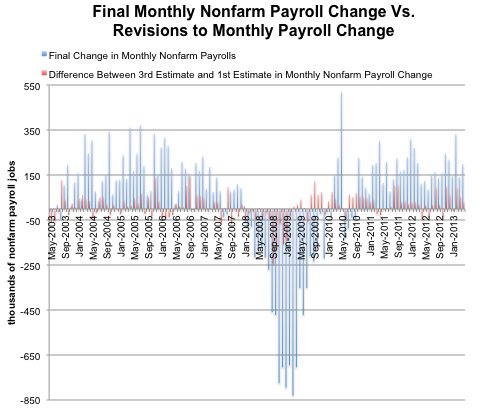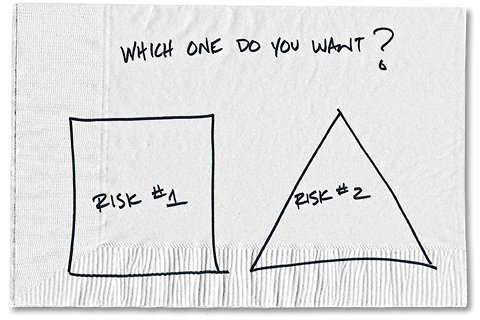Q. Were you an entrepreneur early on?
A. My parents made me work for money at a very young age. I had a dog-walking business when I was about 6 or 7 years old. I wrote my first piece of software when I was about 11. At around 13, I started working in advertising, because a lot of people didn’t know how to use computers. They paid me $25 an hour. By the time I was 18, I was C.O.O. of a subsidiary of one of the Grey advertising companies. We had about 20 or 30 employees.
Q. That’s a big management role at a young age.
A. I tried to ignore the fact that I was younger, and I would lead from the front. So I worked longer hours, just to make sure people knew that I wasn’t taking advantage of them. I looked after them, and that really helped protect me from other mistakes.
Q. How many companies have you started?
A. Well over a dozen, if you count the act of starting. Fewer if you just count the ones that were successful.
One reason entrepreneurship is so amazing — and one of the reasons I recommend it to everybody — is that unlike most other career paths, it is the purest lens for looking at yourself. If you’re in a big operation, you can blame the surrounding environment. When you’re starting your own company, it’s just you. There really is nothing else. So you have to take that medicine at its purest form, which I think matures you as a person faster.
Q. What were some early lessons running your first company, SenseNet?
A. I made every mistake possible. One of the biggest mistakes I made was that, in your first company, you can really get attached to the idea of equity and ownership, and so it becomes much more of a baby to you. You lose that after you do it a couple of times, but I was overly greedy early on with the ownership. It was a huge learning curve.
Q. Tell me about the culture of your current company.
A. We have a wildly different environment. For example, everybody knows everybody’s salary. It’s pure transparency, which manifests itself with a much greater level of trust. Everybody knows each other’s ownership stake, too.
Q. What was your thinking behind that?
A. The first few months of the company, all we did was talk about culture. We didn’t even know what we were going to do first. We really overthought how to build an environment.
The usual corporate doctrine can be configured poorly for employees. It’s almost designed to enable evil to happen. You can tell an employee they have 10,000 shares, but it doesn’t mean much if I just give myself 100 million shares or whatever. Their stake is going to be worthless. Most of the engineers out there have no idea what their ownership stake really is. They’re just told, here’s how much you own. It’s worth this now, and it could be worth that later.
Q. What happens if you want to pay somebody above-market wages? How do people react?
A. I can’t hire them. So far I’ve not been able to go “out of bounds” to hire people. I try to get the consensus of the team, but if they say it doesn’t make sense, then I don’t hire them.
Q. But you’re the C.E.O.
A. I’m good at arguing. I’m good at getting people to believe in things. But if I can’t get them to believe that we should hire this person for a certain amount, then I might actually be wrong.
When we first started with this, we’d send out the package details of every new hire to the entire team. That caused a lot of stress. So we’ve switched that and now just their peer group will know the new hire’s compensation and be forced to a vote. The information is shared on a drive that everybody can see, but we don’t broadcast it out to everybody. Very few people look at them, though. But they know the information is there if they want to see it, and that creates more trust in a deeper way.
Q. What else about your culture?
A. We have a trial on-boarding process. Anyone we hire goes into a 45-day test period. But we have a really high bar, and only about 65 percent make it through. At the end we have a fresh, clean start and we decide if we want to get married. It turns out to be much healthier for on-boarding when you make sure everybody likes who we’re bringing on.
Q. And with the 35 percent who don’t work out, what’s the pattern?
A. Sometimes people don’t fit into our environment. We’re still at a stage where culture makes an extreme difference. Sometimes we’re not an organization that’s as supportive for them as we’d hope to be. A couple of people who didn’t make it through required an additional level of mentoring. And we believe in mentoring. But if they need an excessive amount, they won’t develop. They won’t grow fast enough, and it’s not the right place for them, or for us. So we save each other the hassle.
Q. A lot of companies struggle to create an environment where people have frank discussions about employees’ performance. How do you do it?
A. You’re expected to have hard conversations as often as you can. That’s how you get better. You’re expected to sit down with your peers and say: “You know what? You really didn’t do that well.” And those conversations are amazing because they de-stress the frustration that people can feel. So you’re unhappy with the way somebody managed the project. You sit down and you talk with them. Maybe you didn’t understand the full picture. We’re all human beings. You have a basic belief that everyone’s here for the same goal and is competent. Then, once you understand their pain points to work through, you can better eliminate where they really failed.
Q. How do you hire?
A. We want ambition. We want people who are hungry. We want people who love what they do. A big screen for us is seeing what people’s personal hobbies are. We look for the playgrounds people play in. We want people who are writing books or building an app or doing other things that show that it’s not just a job — they have an actual native passion for it. So we usually ask a lot about people’s hobbies.

This interview has been edited and condensed.
Article source: http://www.nytimes.com/2013/08/16/business/dane-atkinson-of-sumall-on-making-pay-an-open-book.html?partner=rss&emc=rss


